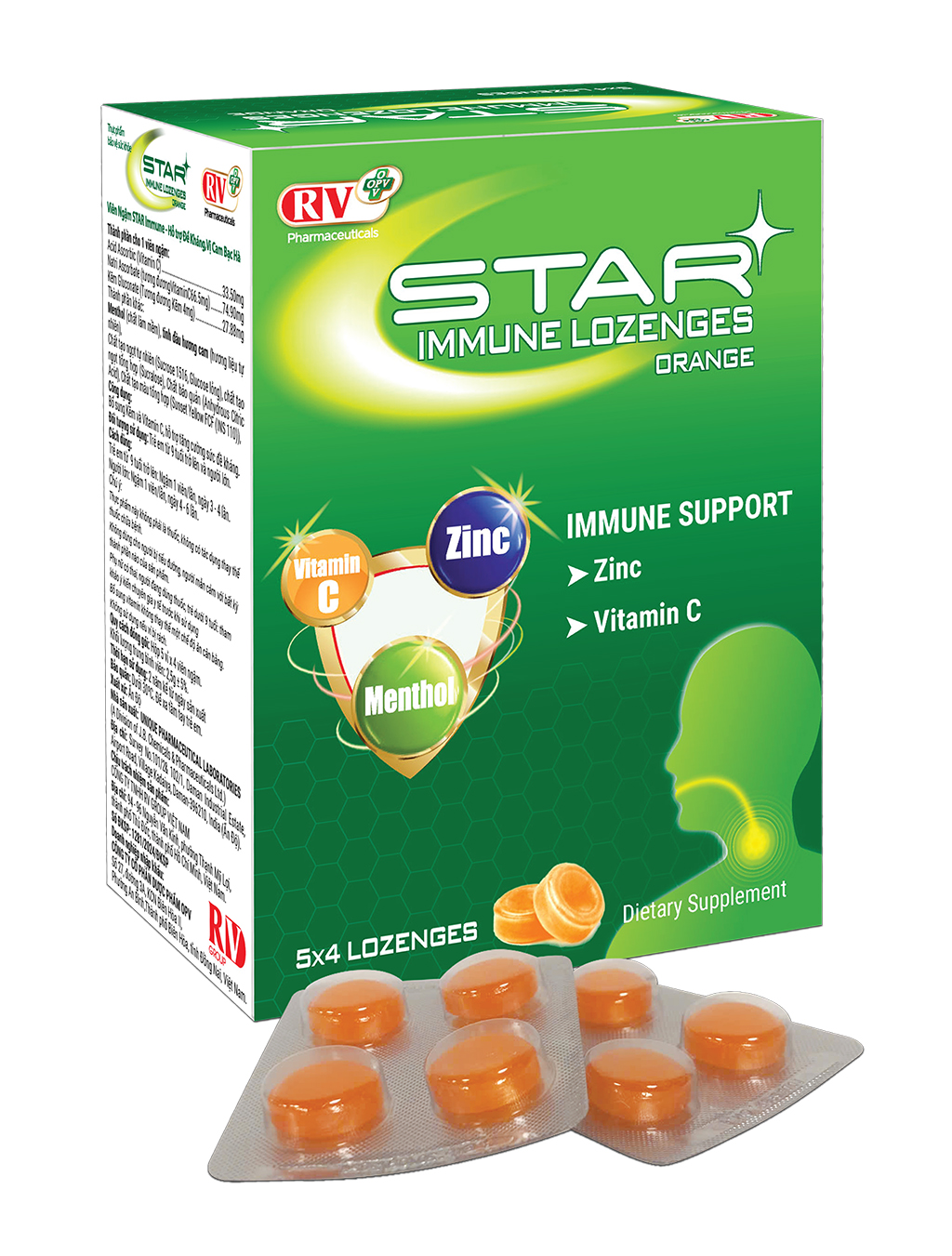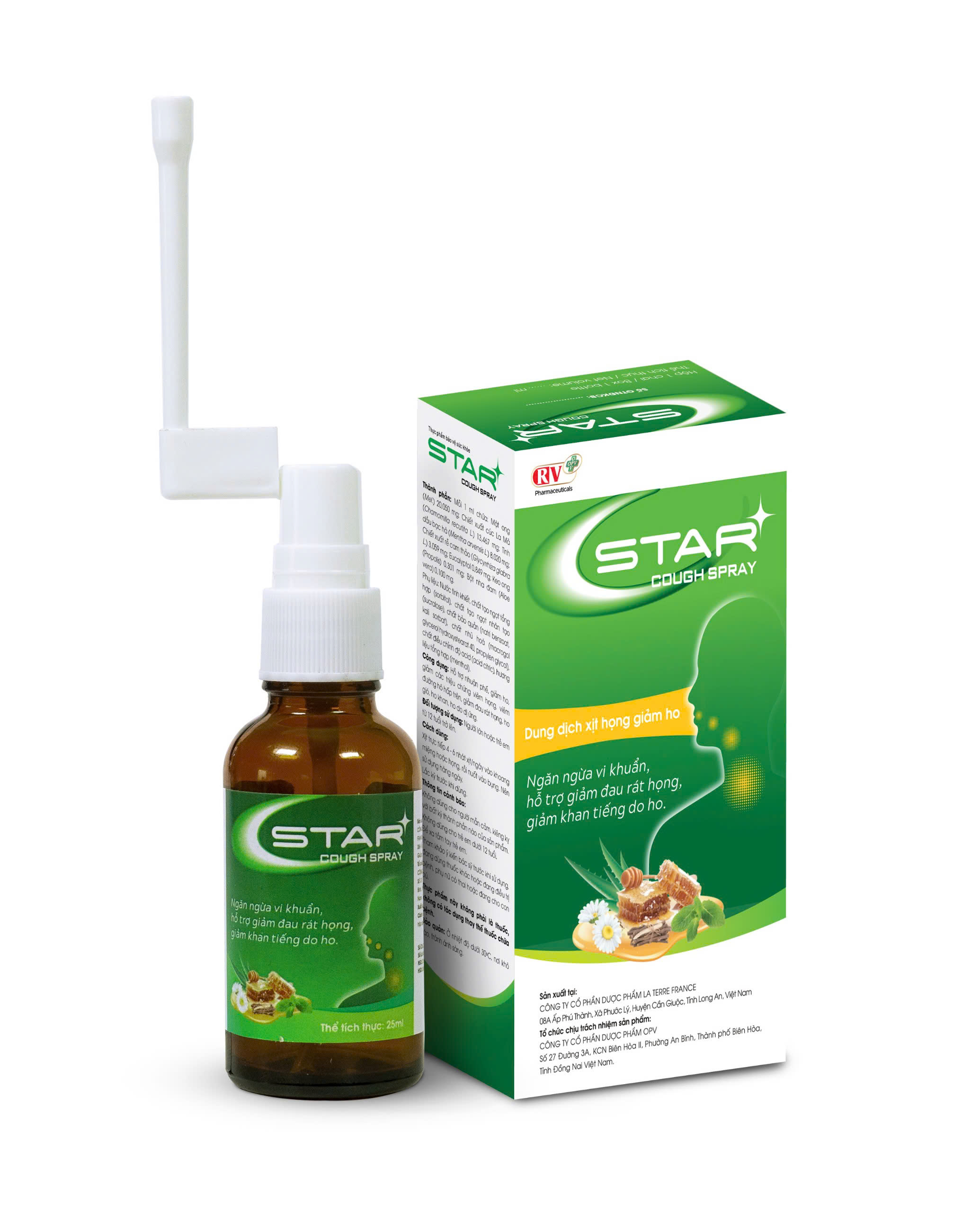PHARMACODYNAMICS:
Pharmacotherapeutic group: Analgesics
ATC code: N02B E51
Acetaminophen has analgesic and antipyretic properties.
Codeine phosphate is an opioid analgesic.
Acetaminophen is the active metabolite of phenacetin, exhibits analgesic action by peripheral blockage of pain impulse generation. It produces antipyresis by inhibiting the hypothalamic heat-regulating centre.
Codeine is a centrally acting weak analgesic. Codeine exerts its effect through µ opioid receptors, although codeine has low affinity for these receptors, and its analgesic effect is due to its conversion to morphine. Codeine, particularly in combination with other analgesics such as acetaminophen, has been shown to be effective in relief of acute nociceptive pain.
PHARMACOKINETICS:
Acetaminophen is readily absorbed from the gastrointestinal tract with peak plasma concentrations occurring about 30 to 60 minutes after oral dose. Acetaminophen is distributed into most body tissues. It crosses placenta and is present in breast milk. Plasma protein binding is negligible at usual therapeutic concentration but increases with increasing concentrations. The elimination half-time varies from about 1 to 3 hours. Acetaminophen is metabolised predominantly in the liver and excreted in the urine mainly as the glucuronide (about 60-80%) and sulfate (about 20-30%) conjugates. Less than 5% is excreted as unchanged acetaminophen. A minor (below 4%) metabolite is usually produced in very small amounts by cytochrom P450.
Codeine and its salts are well absorbed from the gastrointestinal tract. Codeine is metabolized in liver and excreted via kidney as unchanged form or combined with glucoronide acid. Codeine or its metabolites are excreted in feces with a minor quantity. Codeine can pass placenta and be distributed into breast milk.
INDICATIONS:
Tydol Codeine Forte is indicated in patients older than 12 years of age to relieve acute pain of moderate intensity when other analgesics such as acetaminophen or ibuprofen (alone) are not effective.
- DOSAGE AND ADMINISTRATION:
Administration: Oral.
Dosage:
Adults:
One or two tablets every four to six hours with a maximum dose of eight tablets in any 24 hour period.
The duration of pain treatment should be limited to 3 days and if no effective pain relief is achieved, the patient/caregiver should seek advice from a doctor.
Children from 12-18 years old:
One or two tablets every six hours with a maximum dose of eight tablets in any 24 hour period. Dose of codeine depends on body weight (0.5-1 mg/kg).
Children under 12 years old:
Tydol Codeine Forte is not recommended for treatment of pain because of the risk of opioid toxicity due to the unpredictable changes in metabolism of codeine to morphine (see section Special warnings and precautions when using this medicine).
Elderly and hepatic impairment:
The dosage should be reduced.
CONTRAINDICATIONS:
- Hypersensitivity to any components of this product.
- Acute respiratory depression.
- Obstructive airways disease.
- Acute alcoholism.
- Severe hepatic dysfunction.
- Head injury or raised intracranial pressure.
- Comatose patients.
- Where there is a risk of paralytic ileus.
- In acute diarrhoeal conditions such as acute ulcerative colitis or antibiotic associated colitis (e.g. pseudomembranous colitis) or diarrhoea caused by poisoning.
- Pregnancy and lactating women (see section Use of medicine in pregnant women and lactating women).
- Patients who are CYP2D6 ultra-rapid metabolizers.
- Do not use this product for children under 12 years.
- Children from 0 to 18 years old who undergo tonsillectomy and/or adenoidectomy for obstructive sleep apnea syndrome relating to respiratory obstruction because there is an increased risk of developing serious and life threatening adverse reactions (see section Special warnings and precautions when using this medicine).
WARNINGS AND PRECAUTIONS:
- Should not be used with other products containing acetaminophen.
- Prolonged use and high dose of acetaminophen may cause hepatocellular impairment.
- Caution for respiratory disease such as bronchial asthma. People with drug abuse.
Special precaution and warning when using medication containing acetaminophen:
The doctor must warn the patients about the symptoms of serious skin reactions including: Stevens-Johnson Syndrome (SJS), toxic epidermal necrolysis (TEN), or Lyell Syndrome, acute generalized exanthematous pustulosis (AGEP).
Special precaution and warning when using medication containing codeine:
CYP2D6 metabolism:
- Codeine is metabolized by the liver enzyme CYP2D6 into morphine, its active metabolite. If a patient has a deficiency or completely lacking this enzyme an adequate analgesic effect will not be obtained. Estimation indicates that up to 7% of the Caucasian population may have this deficiency. However, if the patient is an extensive or ultra-rapid matabolizer there is an increased risk of developing side effects of opioid toxicity even at commonly described doses. These patients convert codeine into morphine rapidly resulting in higher than expected serum morphine levels.
- General symptoms of opioid toxicty include confusion, somnolence, shallow breathing, small pupils, nausea, vomitting, constipation and lack of appetite. In severe cases this may include symptoms of circulatory and respiratory depression, which may be life threatening and very rarely fatal.
- Estimates of prevalence of ultra-rapid CYP2D6 metabolizers in different populations are summarized below:
| Population | Prevalence (%) |
| African/Ethiopian | 29% |
| African American | 3.4% to 6.5% |
| Asian | 1.2% to 2% |
| Caucasian | 3.6% to 6.5% |
| Greek | 6.0% |
| Hungarian | 1.9% |
| Northern European | 1% to 2% |
Patients with compromised respiratory function:
Codeine is not recommended for use in children in whom respiratory function might be compromised including neuromuscular disorders, severe cardiac or respiratory conditions, upper respiratory or lung infections, multiple trauma or extensive surgical procedures. These factors may worsen symptoms of morphine toxicity.
Post-operative use in children:
There have been reports in the published literature that codeine given post-operatively in children after tonsillectomy and/or adenoidectomy for ostructive sleep apnea relating to respiratory obstruction has led to rare but life threatening adverse events including death. All children received doses of codeine that were within the appropriate dose range, however, there was evidence that these children were either ultra-rapid or extensive metabolizers in their ability to metabolize codeine to morphine.
- Due to risks of respiratory depression, codeine is only used for acute relief of moderate pain in children > 12 years old, when other pain relief such as acetaminophen and ibuprofen are not effective.
- Codeine should be administered at the lowest dose that effectively and in the shortest time.
- Codeine is not recommended for children with respiratory problems (such as dyspnea or wheezing,…)
Pregnancy: Contraindication.
Lactation:
- Tydol Codeine Forte should not be used during breast feeding (see section Contraindications):
- At normal therapeutic dose, codeine and its active metabolites may be present in breast milk at very low doses and is unlikely to adversely affect the breast fed infant. However, if the patient is an ultra-rapid metabolizer of CYP2D6, higher levels of morphine (the active metabolite of codeine) may be present in breast milk and on very rare occasions may result in symptoms of opioid toxicity in the infant, which may be fatal.
Effects on ability to work:
- Use with caution when driving vehicle or operating machinery, work at height and other activities because this product may cause drowsiness.
INTERACTIONS:
In high doses or with regular treatment, acetaminophen may potentiate the effects of warfarin. The absorption of acetaminophen is reduced by cholestyramine and accelerated by domperidone and metoclopramide.
Cytotoxic drugs: Acetaminophen possibly inhibits metabolism of intravenous busulfan (manufacturer of intravenous busulfan advises caution within 72 hours of acetaminophen).
Anaesthetics: Concomitant administration of codeine and anaesthetics may cause increased CNS depression and/or respiratory depression and/or hypotension.
Antihistamines: Concomitant administration of codeine and antihistamines with sedative properties may cause increased CNS depression and/or respiratory depression and/or hypotension.
Codeine antagonises the effect of metoclopramide and cisapride on gastrointestinal activity. It delays the absorption of flecainide and mexiletine and potentiates the effect of hypnotics and anxiolytics. The analgesic activity of codeine is likely to be significantly impaired by quinidine which impairs codeine metabolism.
Antidepressants: The depressant effects of opioid analgesics may be enhanced by tricyclic antidepressants. MAOIs taken with pethidine have been associated with severe CNS excitation or depression (including hypertension or hypotension). Although this has not been documented with codeine, it is possible that a similar interaction may occur and therefore the use of codeine should be avoided while the patient is taking MAOIs and for 2 weeks after MAOI discontinuation.
Antipsychotics: Enhanced sedative and hypotensive effect.
Alcohol: The hypotensive, sedative and respiratory depressive effects of alcohol may be enhanced.
Concurrent use of codeine with antidiarrhoeal and antiperistaltic agents such as loperamide and kaolin may increase the risk of severe constipation.
Sodium oxybate: Concomitant administration of codeine and sodium oxybate may cause increased CNS depression and/or respiratory depression and/or hypotension.
Concomitant use of antimuscarinics may lead to paralytic ileus or urinary retention.
Ulcer-healing drugs: Cimetidine may inhibit the metabolism of dihydrocodeine resulting in increased plasma concentrations.
Interference with laboratory tests: Opioids may interfere with gastric emptying studies as they delay gastric emptying and with hepatobiliary imaging using technetium Tc 99m disofenin as opioid treatment may cause constriction of the sphincter of Oddi and increase biliary tract pressure.
SIDE EFFECTS
Regular prolonged use of codeine is known to lead to addiction and tolerance. Symptoms of restlessness and irritability may result when treatment is then stopped.
Prolonged use of a painkiller for headaches can make them worse.
Tolerance and some of the most common side effects – drowsiness, nausea, and vomiting, and confusion – generally develops with long term use.
Immune system disorders: Maculopapular rash has been seen as part of a hypersensitivity syndrome associated with oral codeine phosphate; fever, splenomegaly and lymphadenopathy also occurred.
Endocrine: Hyperglycaemia.
Metabolism and nutrition: Anorexia.
Psychiatric: Mental depression, hallucinations and nightmares, restlessness, confusion, mood change, euphoria, dysphoria.
Nervous system: Convulsions (especially in infants and children), dizziness, drowsiness, headache. Raised intracranial pressure may occur in some patients.
Eye: Miosis, blurred or double vision, other visual disturbances.
Ear and labyrinth: Vertigo
Cardiac: Orthostatic hypotension, palpitations, tachycardia and bradycardia.
Vascular: Postural hypotension, facial flushing. Large doses produce hypotension.
Respiratory, thoracic and mediastinal: Dyspnoea, larger doses produce respiratory depression.
Gastrointestinal: Nausea, vomiting, constipation, dry mouth, stomach cramps, pancreatitis.
Hepatobiliary: Biliary spasm (may be associated with altered liver enzyme values).
Skin and subcutaneous tissue: Allergic reactions such as urticaria, pruritis, skin rashes, sweating and facial oedema.
Musculoskeletal and connective tissue: Uncontrolled muscle movements. Muscle rigidity may occur after high doses.
Renal and urinary: Difficulty with micturation, urinary retention, ureteric spasm, dysuria. An antidiuretic effect may also occur with codeine.
Reproductive system and breast: Sexual dysfunction, erectile dysfunction, decreased potency. Decreased libido.
General: Malaise, tiredness, hypothermia.
OVERDOSE AND TREATMENT:
Symptoms of acetaminophen overdosage: Nausea, vomitting, anoresia, pallor, abdominal pain. Acetaminophen overdose can lead to liver failure. Overdose, acetaminophen 10g or more in a single admistration in adults and 150 mg/kg of bodyweighht in a single administration in children, cause hepatic cytolysis to induce complete and irreversible necrosis, resulting in hepatocellular insufficiency, metabolic acidosis and encephalopathy which may lead to coma or death.
Treatment for acetaminophen overdosage: Immediate treatment is essential in the management of acetaminophen overdose. When infected with severe poisoning, it is important to treat actively support. Gastric lavage is used in all cases, the best within 4 hours after drinking. In most cases, N-acetylcysteine, will be given by mouth or IV (through the vein) as an antidote.
Symptoms of codeine phosphate overdosage: Respiratory depression, drowsiness lead to glassy or coma. Soft muscle, cold skin and moist, sometimes slow vascular and hypotension. In severe cases: stop breathing, vascular collapse, cardiac arrest and possibly death
Treatment for codeine phosphate overdosage: Providing oxygen and respiratory assistance control. Naloxon is indicated intravenous immediately.
SIGNS SHOULD BE NOTED AND RECOMMENDATIONS:
Do not exceed recommended dosage.





